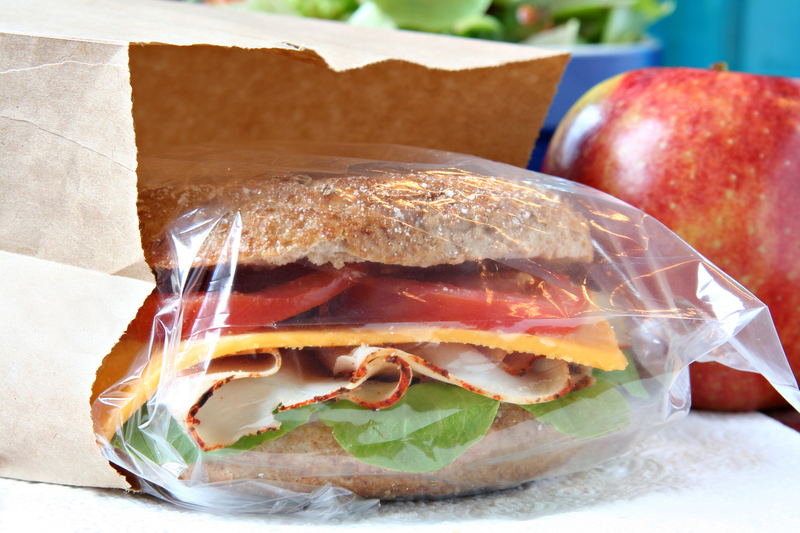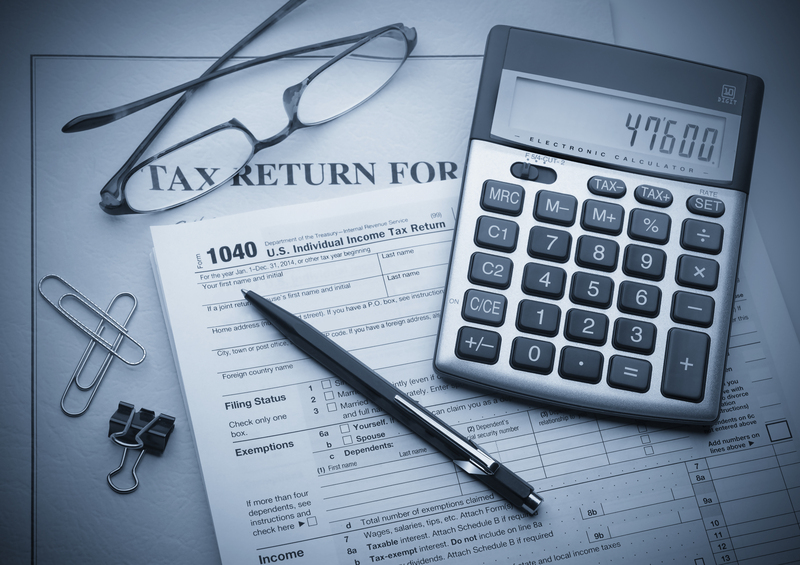Understanding the Complexity of Piano Relocation
Posted on 06/06/2025
Understanding the Complexity of Piano Relocation
Moving a piano is far from a simple task. Beyond their immense weight, pianos are intricate musical instruments with delicate components, requiring skill and precision throughout the relocation process. Piano relocation is a field that demands expertise, planning, and special equipment to ensure both safety and the preservation of sound quality. This comprehensive guide dives deep into the nuances of relocating a piano, the challenges involved, and best practices for a successful move.

Why Is Piano Moving So Challenging?
At first glance, the complexity of piano relocation might not be obvious. However, moving pianos involves more than just brute strength. These unique instruments come in various shapes, sizes, and weights--each posing its own set of challenges for movers. The repercussions of improper handling can be severe, impacting both aesthetic and acoustic characteristics.
Types of Pianos and Their Relocation Needs
There are mainly two categories of pianos, each with distinct moving requirements:
- Upright Pianos: These are more compact, typically ranging from 300 to 500 pounds. Their rectangular shape makes them comparatively easier to maneuver but still requires caution due to fragile internal mechanisms.
- Grand Pianos: These larger pianos can weigh anywhere from 500 to over 1,200 pounds. Their curved body, extended legs, and complex action make them especially challenging to relocate safely.
Each type of piano calls for specialized techniques, padding, and equipment to ensure optimal protection during transport.
Anatomy of a Piano: Delicacy Meets Weight
Pianos are architectural marvels, containing thousands of moving parts, precisely balanced keys, and tensioned strings capable of withstanding immense pressure. A single mishap during relocation can:
- Disrupt the instrument's tuning
- Damage hammers, strings, or soundboard
- Scratch or shatter the cabinet finish
- Impair the pedals and wheels
Understanding these vulnerabilities is crucial before any piano move.
The Risks of DIY Piano Relocation
Many piano owners ponder the question: "Can I move my piano myself?" The answer is almost always no. Here's why:
- Weight and Bulkiness: Even the smallest upright piano can outweigh several adults combined, making maneuvering dangerous for the untrained.
- Center of Gravity: Pianos are top-heavy and prone to tipping, especially when carried up or down stairs.
- Personal Injury: Incorrect lifting techniques often lead to back injuries, crushed fingers, and other accidents.
- Property Damage: Walls, floors, and door frames can easily be scuffed, gouged, or scratched during an improper move.
- Irreversible Instrument Damage: Mishandling can result in costly--and sometimes irreparable--harm to your piano.
Piano movers are not just strong--they are trained in the physics, mechanics, and techniques unique to safely transporting these valuable instruments.
Essential Tools for Piano Moving
Specialized tools help reduce the risk associated with moving a piano. Experienced piano movers are equipped with:
- Heavy-duty moving dollies: Designed to support substantial weight and navigate tight spaces effortlessly.
- Padded blankets and wrappings: Protect the finish from bumps and scrapes.
- Straps and harnesses: Secure the piano to prevent shifting during transport.
- Ramps and skid boards: Facilitate movement up or down stairs and into moving trucks.
- Tuning tools: Sometimes needed to check the instrument's sound both pre- and post-move.
Having the right equipment is as vital as skill during any piano relocation process.
The Step-by-Step Process of Piano Relocation
Effective transportation of pianos follows a systematic approach. Here's what professionals do:
1. Assessment and Planning
- Evaluate the type and size of piano
- Measure doorways, hallways, and staircases
- Identify obstacles such as tight corners, narrow staircases, or uneven surfaces
- Devise a detailed route plan from origin to destination
2. Preparation and Protection
- Remove detachable parts (legs, music stands, pedals in the case of grand pianos)
- Wrap the instrument in thick, padded blankets and secure with durable tape or bands
- Protect the floor and property with coverings where necessary
3. Safe Lifting and Maneuvering
- Use team-based lifting to evenly distribute weight
- Employ dollies and skid boards for transportation across level surfaces
- Navigate stairs and thresholds with ramps and extra personnel for support
4. Loading and Transport
- Secure the piano inside the moving vehicle with straps
- Ensure the instrument remains upright and does not move during transit
5. Delivery and Reassembly
- Carefully unload the piano at the new location
- Reassemble any removed parts, ensuring stability and correct placement
- Perform a quick visual and acoustic inspection
- Recommend professional tuning after settling into the new environment
Challenges in Piano Relocation
Even with experience and preparation, piano moving is rife with potential obstacles:
- Narrow doorways and sharp corners: Maneuvering large grand pianos often requires strategic tilting and turning.
- Multi-level homes or high-rise apartments: Stairs, elevators, and multi-story layouts complicate transport.
- Weather concerns: Rain, humidity, or extreme cold can damage sensitive wood and cause tuning instability.
- Urban environments: Navigating tight alleys, parking restrictions, and crowded spaces can slow the process.
- Antique or high-value pianos: Older or rare instruments require even gentler handling and sometimes custom crating.
Awareness, adaptability, and communication are key for navigating these hurdles during a piano move.
Piano Shipping Versus Local Moves
Long-distance or international piano shipping introduces new layers of complexity:
- Climate control: Extended journeys may expose the piano to temperature and humidity changes that can warp wood and stretch strings. Shipping containers should be climate-regulated.
- Crating: Specialized crates protect the instrument from shocks and vibrations during transit.
- Insurance: Comprehensive coverage is essential for valuable or heirloom pianos moving overseas or cross-country.
- Customs and regulations: International moves require understanding of import/export rules and documentation.
Whether a move is local, national, or global, strategic planning is non-negotiable for piano relocation specialists.
Cost Factors in Piano Relocation
Piano relocation costs vary widely, depending on several variables:
- Type, size, and weight of the piano
- Distance and route complexity
- Accessibility at both pickup and delivery locations (stairs, elevators, narrow doors)
- Special handling needs or insurance
- Local versus long-distance or international shipping requirements
A basic local upright piano move might start around $150-$300, while grand or specialty pianos, especially for longer distances, can easily surpass $1,000 or more. Requesting a quote from professionals is the best way to estimate true costs.
Debunking Myths About Piano Moving
-
Myth: "Any moving company can handle a piano."
Fact: Only trained piano movers possess the experience and equipment for safe, reliable piano moving. -
Myth: "As long as it looks undamaged, the piano is fine."
Fact: Internal mechanisms are easily disturbed--tuning, action response, and even the soundboard integrity can be compromised. -
Myth: "Tuning before a move is enough."
Fact: Pianos should be tuned after every move, not before, due to string and wood adjustment.

Tips for Successful Piano Relocation
- Hire experienced specialists: Choose a moving company with a solid track record in piano transportation.
- Insure your instrument: Opt for full coverage to protect your investment.
- Communicate details: Provide movers with comprehensive information about the move, including obstacles and access points.
- Clear pathways: Remove all potential tripping or collision hazards prior to moving day.
- Prepare for environmental changes: Allow your piano to acclimate to its new location before tuning and regular use.
Final Thoughts: Trust the Experts for Piano Relocation
Piano relocation is a highly specialized process that requires more than just muscle power. Whether you're moving across the street or across the globe, entrusting your prized instrument to professionals is the wisest choice. Meticulous planning, the right tools, and expert techniques combine to safeguard your piano's beauty and sound for years to come.
Protect your investment and your health--always hire professional piano movers for every relocation need. Your piano--and your ears--will thank you.



